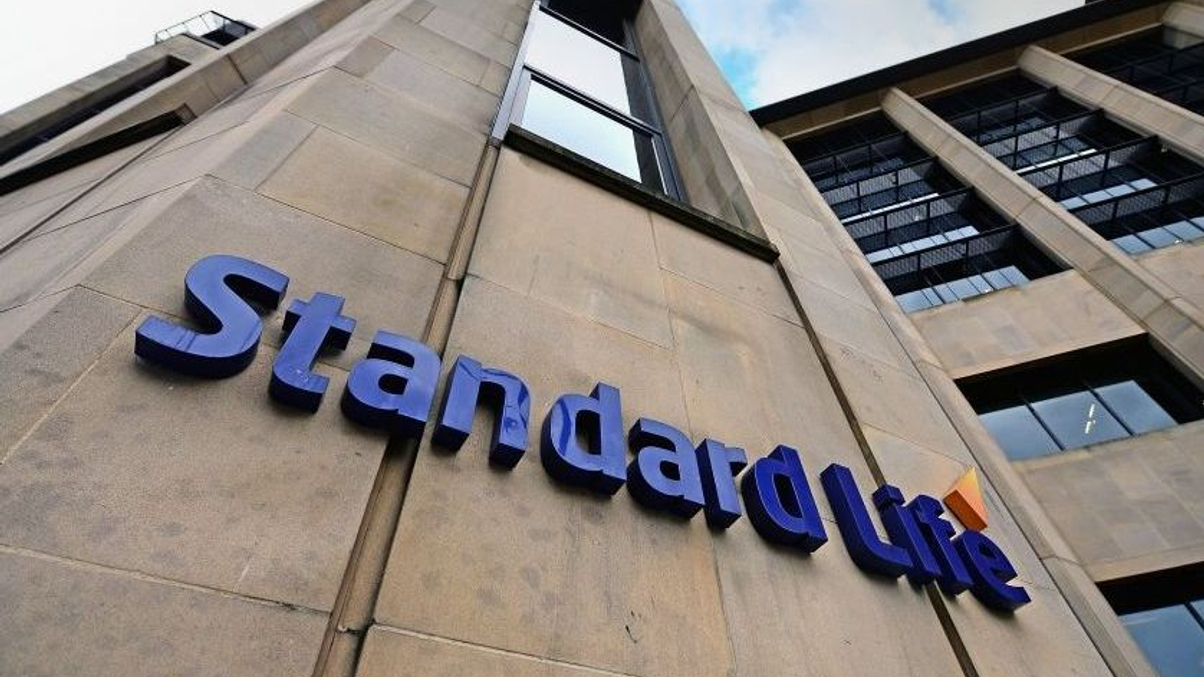Standard Life, Aberdeen to build passive business post-merger?
Fund houses must get better at active management or offer index products, say industry players. The scale that the Standard Life-Aberdeen merger would bring may facilitate such a move.

The takeover of Aberdeen Asset Management by Standard Life is unlikely to have a huge impact on the two UK firms’ Asian operations, but it should bring the merged entity the global scale to better support an index investment business, say industry observers.
Sign In to Your Account
Access Exclusive AsianInvestor Content!
Please sign in to your subscription to unlock full access to our premium AI resources.
Free Registration & 7-Day Trial
Register now to enjoy a 7-day free trial—no registration fees required. Click the link to get started.
Note: This free trial is a one-time offer.
¬ Haymarket Media Limited. All rights reserved.


